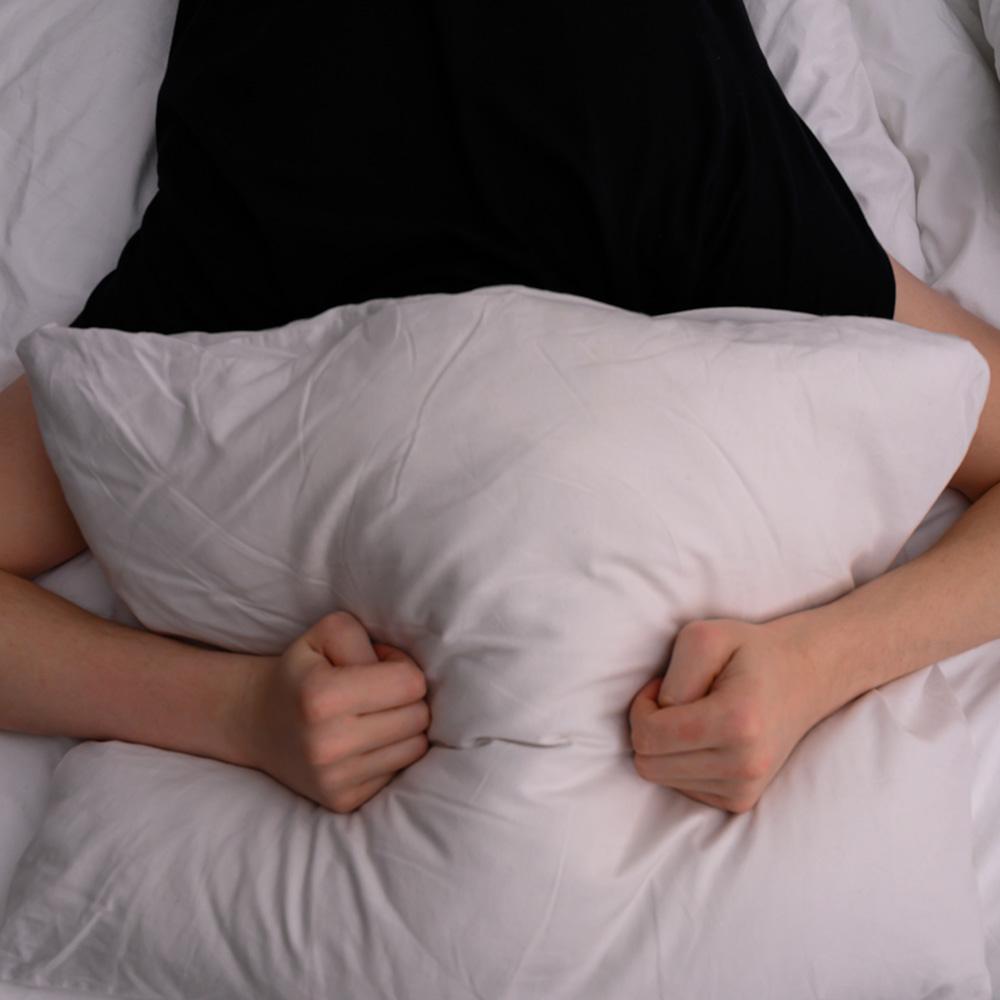
Migraines: How can Chiropractic Help?
Hint: It Starts With Treating the Root Cause
Most people who experience migraines have been suffering for years, if not decades, in silence. The incidence of migraines in children is on the rise, which leads to negative impacts on sleep, mood, and productivity. While some medications have proved to be helpful, they oftentimes only mask the symptoms without correcting the underlying problem.
The University of Maryland Medical Center gives the signs and symptoms and classifies migraines as the following:
“Migraines are extremely painful, recurring headaches that are sometimes accompanied by other symptoms such as visual disturbances and nausea. There are two types of migraine — migraine with aura, formerly called common migraines, and migraine without aura, formerly called classic migraines.
If you have a migraine with aura, you may see things such as stars or zigzag lines or have a temporary blind spot about 30 minutes before the headache starts. Even if you don’t experience an aura, you may have other warning signs in the period before the headaches starts, such as a craving for sweets, thirst, sleepiness, or depression.”
Migrane Signs and Symptoms
The headache from a migraine, with or without aura, has the following characteristics:
- Throbbing, pounding, or pulsating pain
- Often begins on one side of your head and may spread to both or stay on one side
- Most intense pain is often concentrated around the sides of the forehead
- Can last from 4 – 72 hours
These symptoms may happen at the same time or before the headache:
- Nausea and vomiting
- Dizziness, lightheadedness, or even vertigo (feeling like the room is spinning)
- Loss of appetite
- Fatigue
- Visual disturbances, like seeing flashing lights or zigzag lines, temporary blind spots, or blurred vision
- Parts of your body may feel numb, weak, or tingly
- Light, noise, and movement — especially bending over — make your head hurt worse; you want to lie down in a dark, quiet room
- Irritability
Symptoms that may linger even after the headache is gone:
- Feeling mentally dull, like your thinking is not clear or sharp
- Sleepiness
- Neck pain
Migrane Causes
Researchers agree that causes of migraines involve changes in the blood flow to the brain. When blood vessels constrict, it can lead to a decreased blood flow, resulting in visual disturbances, difficulty speaking, weakness, numbness, or tingling. When blood vessels dilate or enlarge, it leads to an increased blood flow resulting in severe headaches. These headaches are usually one sided affecting one half of the head and pulsating in nature, lasting from 2 to 72 hours.
A case study published in the Journal of Upper Cervical Chiropractic Research on January 24, 2013 documents chiropractic helping a patient with migraine headaches. The study authors note that “Among children between the ages of 5-15 years, the prevalence of migraine headaches are at 10.6% while among those 15-19 years of age, it is as high as 28%.”
Chiropractic Treatment for Migranes
You may be wondering what chiropractic might have to do with helping migraine headaches.
Without getting to deep into the science, essentially the vertebral arteries, which run up the neck, supply the brain with blood from the body. These arteries travel through the spine in the transverse foramen of cervical vertebrae C6 to C1. Inside the skull, the two vertebral arteries join up to form the basilar artery. In a nutshell, the bones of the neck create a tunnel for the vertebral arteries to travel through. The bones of the neck glide upon one another to allow for movement of the head from side to side and up and down. Sometimes the vertebrae get stuck out of place in a subluxated position. While an individual often can’t “feel” this bone out of place in his or her own neck, it can cause pressure on the blood supply to the brain, similar to a kink in a garden hose.
The first signs that the head and the bones of the spine are not lined up properly is a head tilt with associated neck pain. To confirm, a set of X rays can be taken where we can actually measure the degree to which the subluxated bones are off center. Again, when the bones of the neck are out of alignment, it can put undue pressure on the blood supply to the brain, causing headaches or migraines. To correct the misalignment, doctors of chiropractic perform an adjustment: a very safe, gentle, and effective shift to get the bone back to where it needs to be.
Studies of Chiropractic Treatment for Migranes
According to the University of Maryland Medical Center, Several clinical trials indicate that spinal manipulation therapy may help treat migraine headaches. In one study of people with migraines, 22% of those who received chiropractic manipulation reported more than a 90% reduction of attacks. Also, 49% reported a significant reduction of the intensity of each migraine.
In another study, people with migraine headaches were randomly assigned to receive spinal manipulation, a daily medication (Elavil), or a combination of both. Spinal manipulation worked as well as Elavil in reducing migraines and had fewer side effects. Combining the two therapies didn’t work any better.
In addition, researchers reviewed 9 studies that tested chiropractic for tension or migraine headaches and found that it worked as well as medications in preventing these headaches.
